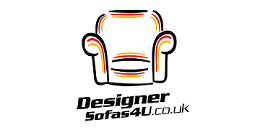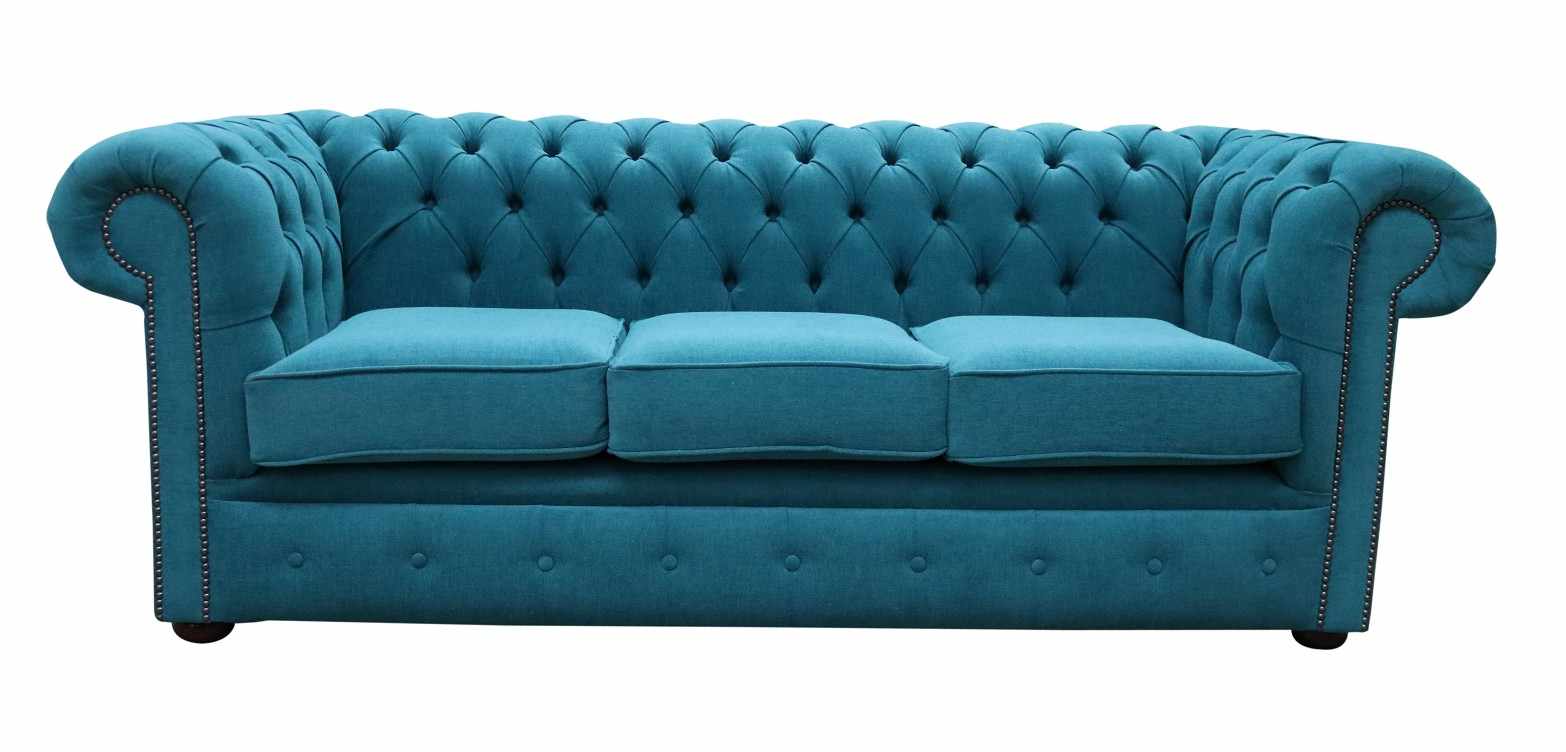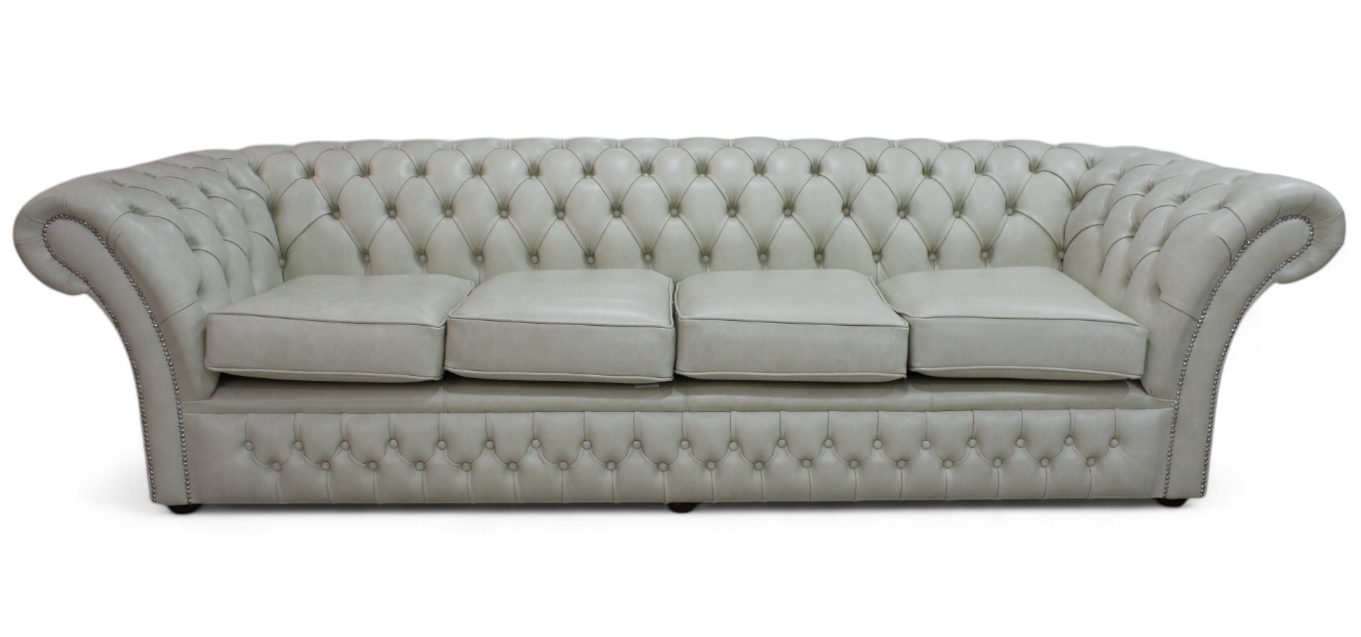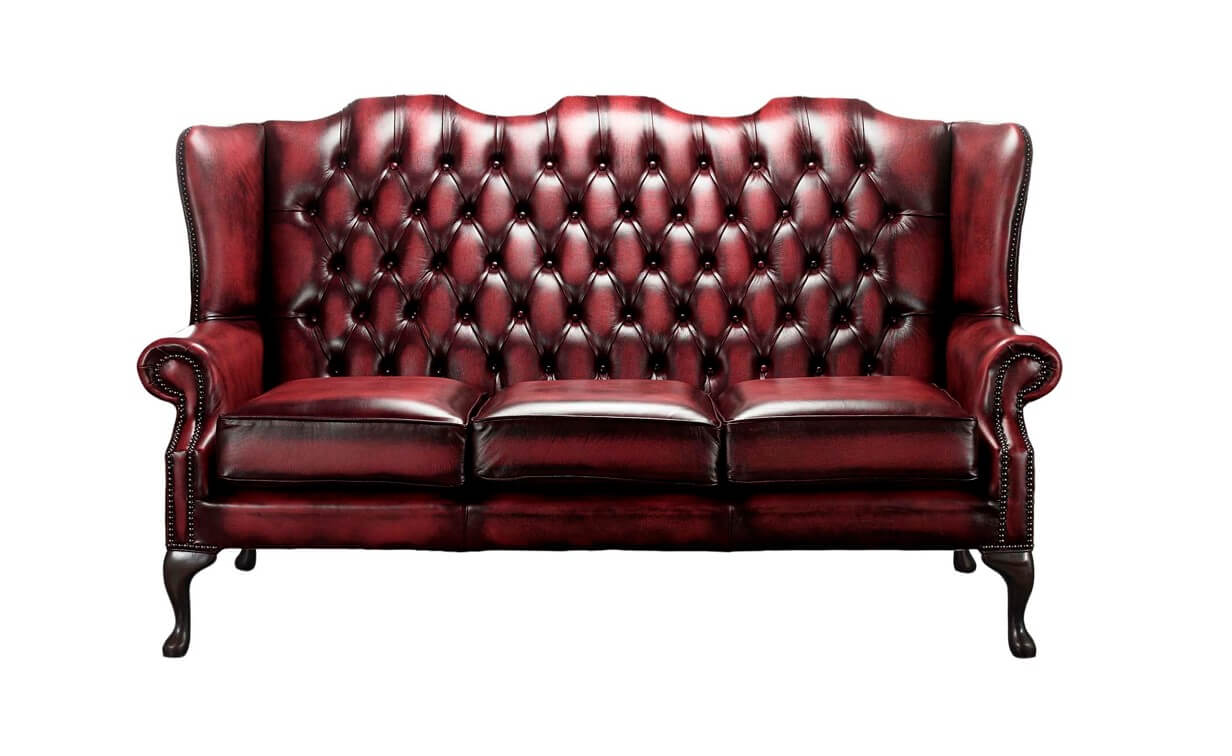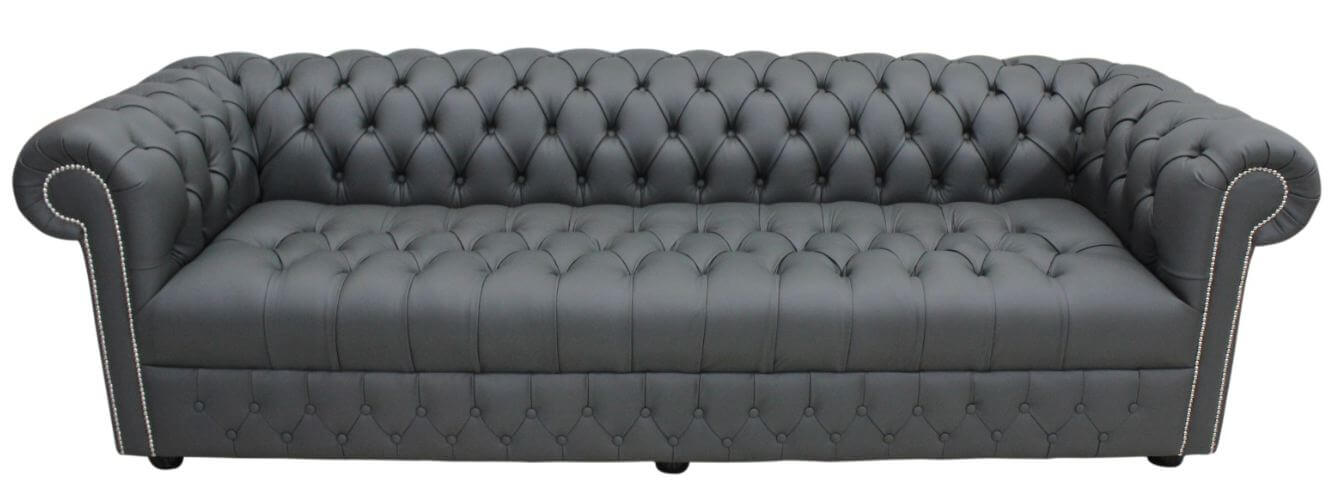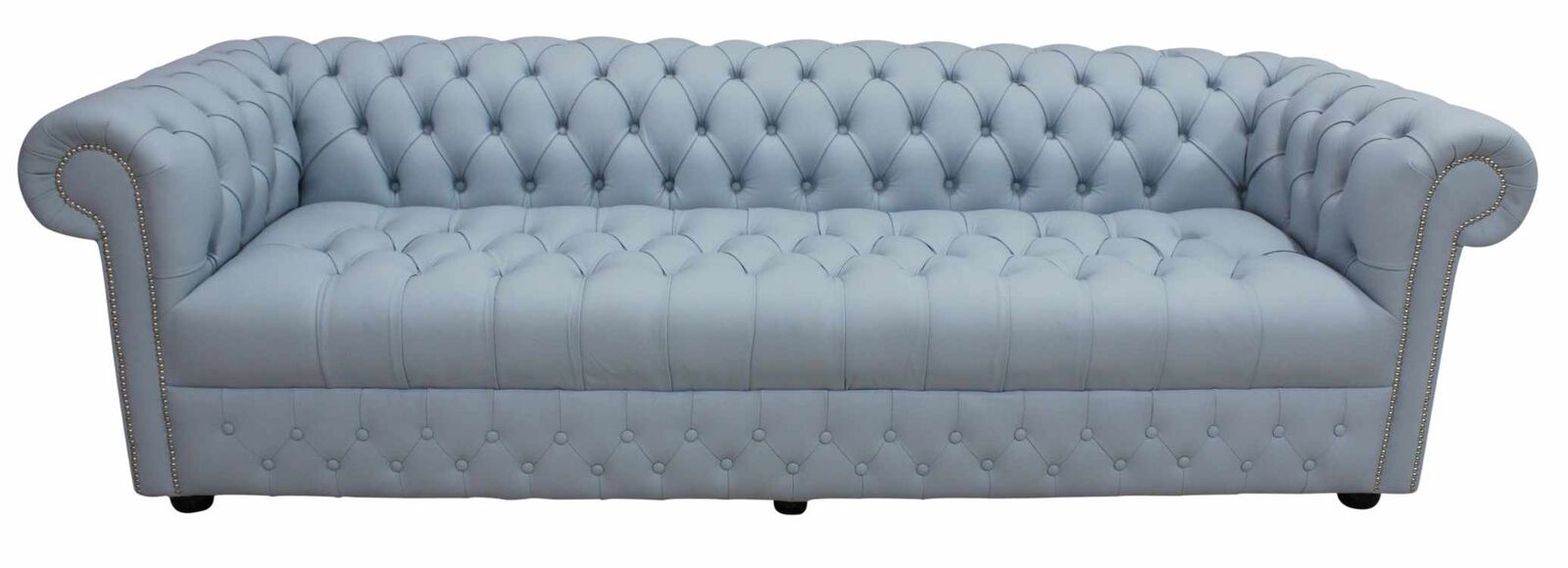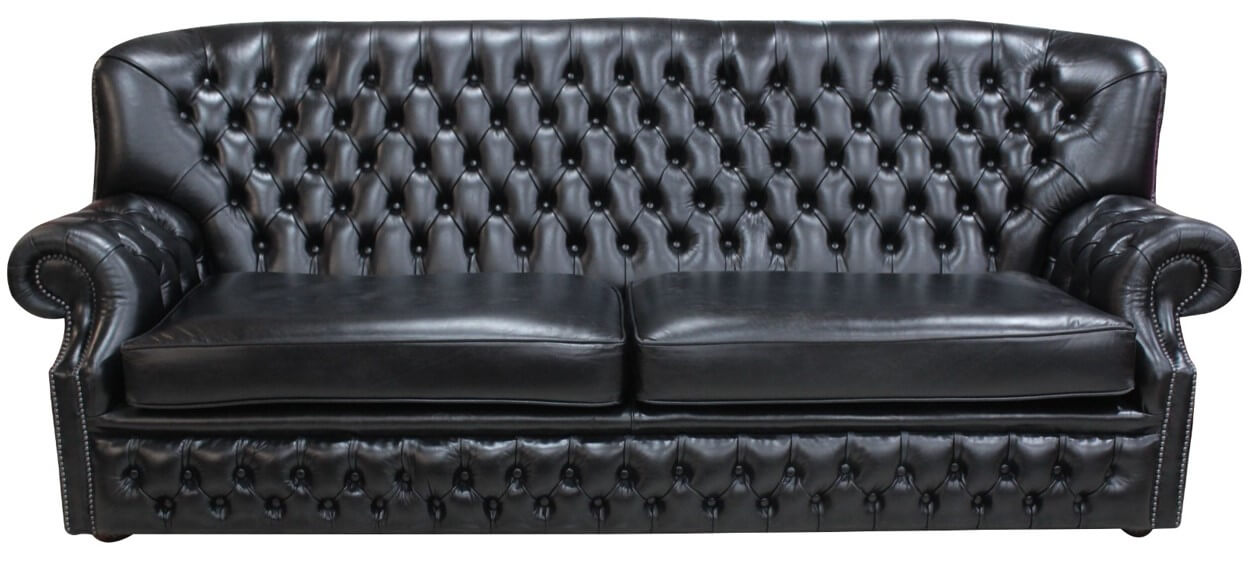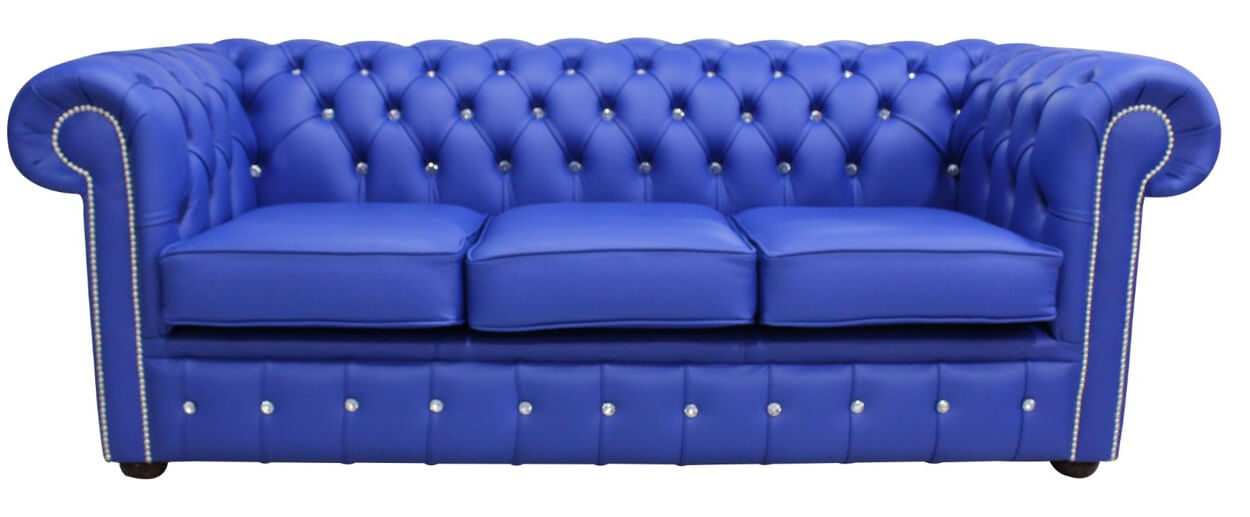If you’re looking for a new sofa, it’s very likely that comfort sits high on your list of must haves. When considering a Chesterfield sofa, you might be forgiven for thinking that this centuries old design, whilst super stylish – is not going to be so comfortable. Built correctly however, the Chesterfield is actually one of the most comfortable sofas that you can buy.
In this guide we’ll look at the components that make a Chesterfield sofa comfortable, and what you need to look out for to ensure that you find the Chesterfield that you’ll never want to leave.
The frame
The frame is arguably one of the most important parts of a sofa. But whilst the quality of a frame is key to ensuring the longevity of a Chesterfield sofa, it only poses comfort problems when it breaks or fractures.
A solid hardwood frame that is doweled, glued and screwed will stand the test of time and ensure long term comfort, yet frames made with cheaper materials are more likely to break or splinter over time. A break or splinter will lead to movement in the frame, which will lead to movement every time you sit down, squeak loudly and force you to sit in a position where the weight of your body is not evenly distributed.
This certainly will be uncomfortable, which is why we recommend going for a solid hardwood frame.
Cushion filling
Cushions are one of the most important components that make a Chesterfield sofa comfortable. Natural fillings such as duck and goose feather offer unparalleled comfort, but you should be prepared to plump them daily to keep them looking uniform.
An alternative to natural fillings is fibre. Fibre cushions simulate the feel of natural fillings and they are initially quite comfortable. They do however quickly flatten out over time, becoming hard and uneven. As an investment piece your Chesterfield sofa should last a lifetime, which is why we advise against fibre cushions.
You may also encounter another type of cushion that’s made of a foam core, with a fibre or feather wrap. As fibre flattens over time, we would not recommend a foam-fibre wrap cushion. A feather-fibre wrap cushion however brings together the best of both worlds and provides great comfort. It still however will require regular plumping.
The solutions that we recommend however is reflex foam cushions. The composition of reflex foam is very similar to memory foam that you would find in a mattress. It maintains its shape well and will always look even and tidy. The best thing about reflex foam though is that it is extremely comfortable as it readily adapts to and accommodates your body shape
Spring coils or webbing?
Spring and webbing are suspension systems which sit underneath the cushions. They support and absorb your weight as you sit on your sofa. So long as they are manufactured to a high standard, and have been installed professionally, both spring and webbed suspension systems are very comfortable. Whilst spring systems work better when used in conjunction with fibre and feather cushions, webbed systems are better suited to foam cushions.
What is the difference between these systems?
Spring suspension features rows of wire that are coiled and supported by metal rods which add bounce to the sofa making it comfortable. Webbing suspension systems feature a grid of straps which cover the base of the sofa.
Whilst both spring and webbed suspension systems are great – you should bear in mind that over time, even a well made spring system may develop faults, where a spring is bent or moves out of place. This can lead to a Chesterfield Sofa that is particularly uncomfortable, which is why for longevity, we recommend webbed systems.
What is a comfortable sofa depth?
It largely depends on exactly how you like to use your sofa. Do you sit upright? Or do you prefer to curl up? If you prefer to sit upright, then you should look for a seat depth between 45cm and 65cm. It’s also well worth considering the seat height, as this should allow your feet to comfortably reach the ground.
If you prefer to curl up on your Chesterfield, then you should look to maximise seat depth where possible. We would recommend between 60cm and 80cm, however we have made bespoke Chesterfields in the past, with seat depth over 100cm. The main consideration here is usually the amount of space that you have, and how much of that space your Chesterfield sofa should reasonably take up.
Leather or fabric chesterfields: which is more comfortable?
In short, both leather and fabric are excellent choices for a comfortable Chesterfield sofa.
You may, however, have noticed in showrooms that leather Chesterfields don’t feel quite as comfortable as fabric. This is because leather is a natural material, and just like with your shoes, leather sofas take time to wear in.
After the leather adapts though, it will offer exceptional levels of comfort that are much higher than fabric. The process of breaking in the leather generally takes around 3-4 months of moderate use, but after this period – you’ll never want to sit on any other sofa.
What about the low back?
The low back is one of the hallmarks of the Chesterfield sofa. Although it may look less comfortable than a more modern design, this feature actually provides all the support required for your lower back, which is where your weight is exerted when you sit. Supporting your back up to the shoulder blades, the Chesterfield encourages you to sit in a position that is both comfortable and great for your posture. It’s for this reason that people with back problems often choose a Chesterfield.
How to enhance the comfort of your chesterfield sofa?
The great thing about Chesterfields sofa is that you can always accessorise them with scatter cushions, or footstools which make them even more comfortable. Accessories are also a great way to add textural detail and pops of colours to your sofa, helping it to tie in with the room.
